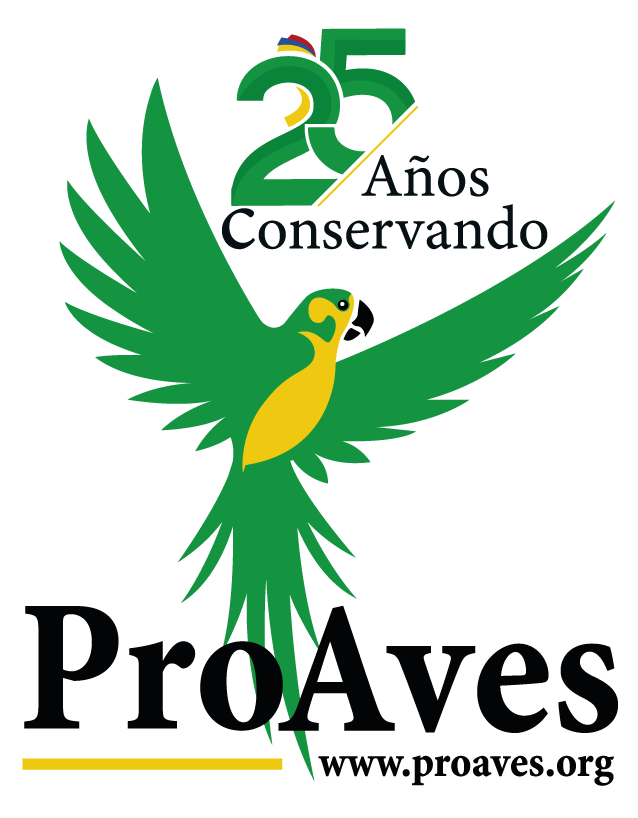The Fundación ProAves has teamed up with the Alexander Von Humboldt Institute to collect biological samples of the Andean Bear (Tremarctos ornatus) in the Foundation’s Nature Reserves, with the aim of obtaining results that help protect the species and its natural habitat.

The Loro Orejiamarillo Reserve ProAves Reserve, located on the Western Andes Mountain Range (Municipality of Jardín, Department of Antioquia) has a largely untouched native vegetation cover, consisting of dense Andean and high Andean forests. This conservation area is part of the group of Natural Reserves of the Fundación ProAves, including Reinita Cielo Azul and Pauxi Pauxi, where activities have been carried out to collect non-invasive samples (feces) of the Andean Bear. These samples have been collected by a dedicated team of scientists belonging to Alexander von Humboldt Institute of Biological Resources Research.
It is well known that Tremarctos ornatus is one of the most charismatic species in Colombia and is listed as an umbrella species. An umbrella species is a species whose directed conservation efforts often indirectly benefit the conservation of other species, due to its large habitat needs or other requirements. The Andean Bear is also an endemic species of South America and is distributed in all three mountain ranges of the Andes.
Currently, the Andean Bear is categorized as Vulnerable (VU) according to IUCN (2021), due to the destruction, degradation and fragmentation of Andean habitats that so often suffer from different anthropogenic activities (agriculture, livestock, hunting, etc.). These human activities have had direct impacts on populations of the Andean Bear.
It is expected that the collection of samples of fresh excrement in the Natural Reserves of the ProAves Foundation (and other protected areas) will allow bolster the analysis and inclusion of data to the genomic study of Andean Bear populations in the country. This study hopes to strengthen the current aims of the “Strategy for the Conservation of the Andean Bear in the National Parks of Colombia”.
Thanks to the collection these samples, and the constant monitoring of camera traps by the Foundation’s rangers, valuable information has been discovered relating to the bear’s ecology, behavior, life history, threats, state of conservation, and more. Again, as an umbrella species, this research has not only benefited the Andean Bear, but also the great diversity of species that inhabit these protected areas.
